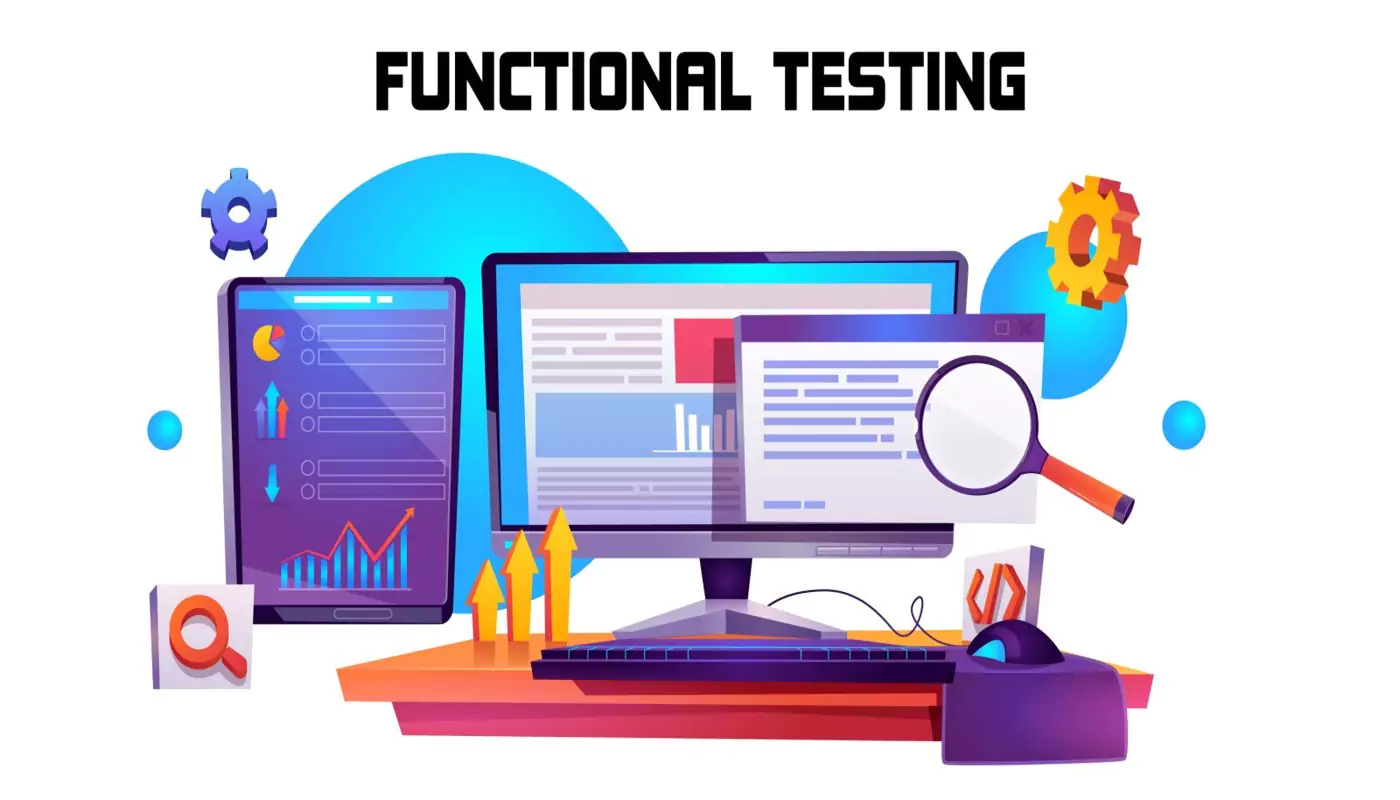The Ultimate Software Testing And QA Checklist for Foolproof Product Launches
Developing and marketing a software product is a complicated task that involves careful planning and execution for its successful deployment. However, an aspect which stands out at all times would be an unerring software testing and QA for successful product deployment. A well-defined testing checklist may assist in refining this activity and reducing the chances of defective product launches. In this guide, we discuss the best software testing QA checklist you can have for a successful launch of a new product.
1. Requirements Analysis:
- Ensure that both functional and nonfunctional requirements are properly recorded and fully recognized.
- Communicate requirements efficiently between all stakeholders including developers and testers.

2. Test Planning:
- Prepare a well-structured test plan that provides for the test aim; scope; required resources and timeline.
- Identify suitable testing methodologies and techniques for the stated project.
3. Test Environment Setup:
- Test environments should be designed to be as close to the production environment as practical.
- Check if all required hardware, software, and network configuration have been set out.

4. Test Case Design:
- Develop thorough test cases addressing all functional and non-functional parts of the installed software.
- Add positive and negative test scenarios to confirm desired functionality as well as error handling capabilities.

5. Test Execution:
- Follow the test plan and execute the test cases in succession.
- The test results are recorded precisely considering any anticipated behavior that was not achieved.
6. Functional Testing:
- Ensure that the software application satisfies all given functional requirements.
- Perform unit testing, integration testing, system testing, and acceptance testing where appropriate.

7. Non-functional Testing:
- Non-functional testing should be done to test the different attributes such as performance, reliability, security, and usability.
- Also, carry out load testing, stress testing, security testing, and accessibility testing in goal-oriented cases.
8. Regression Testing:
- Regression testing should be done to ensure that new edits or changes made do not result in regressions on the functional aspects already existing in the system.
- Automated tools for the execution of regression test suites should be utilized for time saving purposes.
9. Compatibility Testing:
- Check whether the software runs smoothly on several operating systems, browsers, devices, and third-party applications.
- Check compatibility of the system with multiple configurations to improve end user's experience.
10. Usability Testing:
- Assess the software’s user interface (UI) and user experience (UX) to confirm that navigational tasks are effortlessly intuitive.
- Feedback from representative end users should be solicited to determine how improvements can be made.
11. Performance Testing:
- Evaluate how the software performs at its normal load, maximum load and beyond its limits.
- Determine the response time, throughput, and resource consumption to pinpoint the source of the problem.

12. Security Testing:
- During software security testing, analysis, and actions to eliminate risks and vulnerabilities that may be exploited are undertaken.
- Search for potential security risks, such as SQL injection attacks, cross-site scripting (XSS) or weak authentication.

13. Documentation Review:
- Ensure that all provided documentation is correct and complete, including end-user instructions, installation processes, and history of software changes.
- Make sure that documents have been revised in accordance with modifications introduced during proof testing.

14. Defect Management:
- Implement a quick and efficient defect tracking system which allows keeping track of relevant NP defects discovered during testing in relation to each phase and each version of the software.
- Work with the development teams to quickly address the issues and test the solutions.
15. Sign-off and Release:
- Acquire authorization from the stake holders stating that expectations after the tests have been performed and the application is about to be released.
- Form a release strategy and execute it, including integrating the system with the production infrastructures.
Conclusion:
In the history of successful software deployments, a systematic approach to software testing is of particular importance and in software testing, QA is an integral aspect. By correctly utilizing the list created above, you stand a high chance of successfully launching the product and delivering a satisfactory software solution to the users. Noted, full-scale testing is a repetitive activity and follow-up improvement actions based on feedback and the experience of delivery will help raise the bar of quality for software products.
